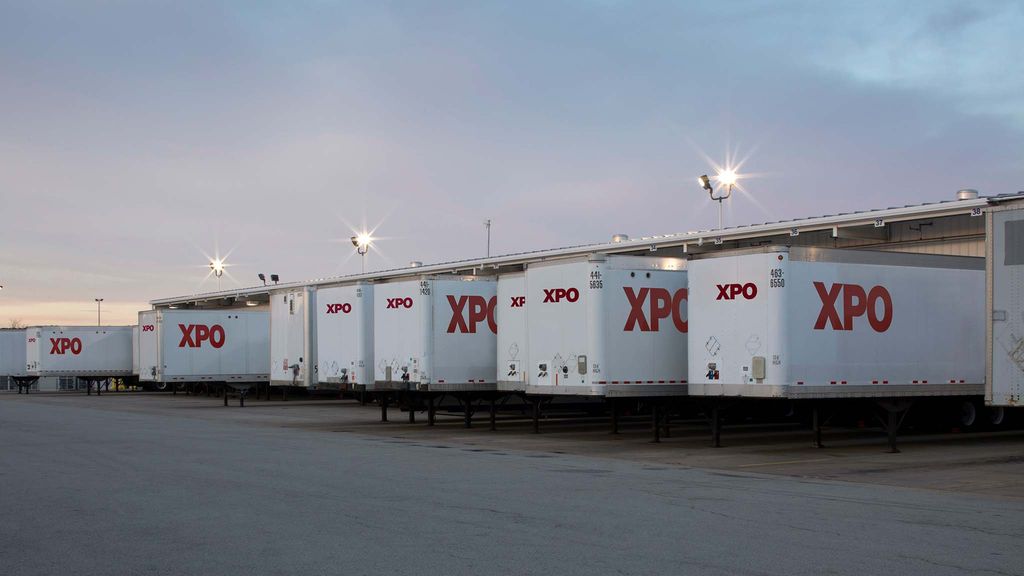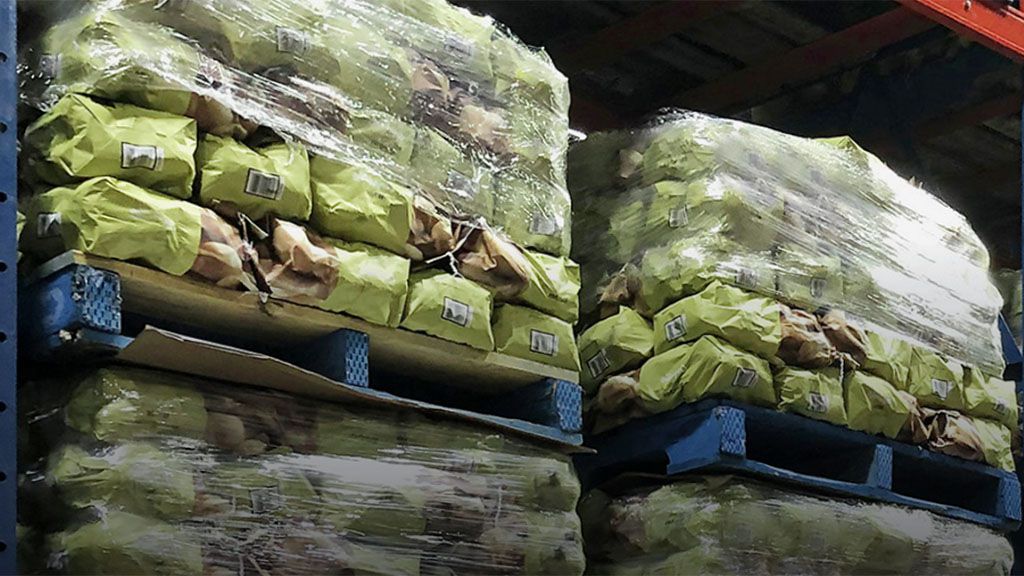What Is Less-Than-Truckload (LTL)?
Less-than-truckload shipping is used to transport freight that doesn’t require a full truckload trailer. In general, most LTL shipments weigh between 500 and 15,000 pounds, are shipped on pallets and only require a portion of a trailer.
An LTL carrier’s network is a hub-and-spoke system of large, strategically located distribution centers — the hubs, also known as freight assembly centers — and smaller terminals spread across the carrier’s service area, which can be regional or national.
LTL is a 24-hour operation where shipments are continuously moving through the network. Generally, freight is delivered to recipients in the morning and the trucks pick up new shipments in the afternoon. The freight is cross-docked, where it is reloaded to be sent on to the next stop on the route to its destination. This leg of the shipping process is called linehaul.
Get the latest news and updates on XPO
Why Use LTL?
There are several advantages to LTL shipping:
- Cost savings - Shippers are charged based on freight type, shipment weight and how much trailer space is required. By sharing a trailer and commingling your freight with other shippers, you get a lower transportation cost than if you were to book an entire trailer.
- Special services - If your freight requires special handling, such as freeze protection or inside delivery, most LTL carriers can accommodate this at an extra charge. In addition, LTL carriers may offer guaranteed delivery service for your time-critical shipments as another special service.
- Hazmat - Most LTL carriers have hazmat-certified drivers, so it’s less likely that your shipment will be held waiting for a properly certified driver than if you’re shipping hazmat freight in some other manner.
Can I Ship Anywhere Using LTL?
In general, LTL shipping is not limited by geography. There are some residential areas that restrict large trucks due to weight or height or safety concerns. And, a few very remote areas may be too difficult for trucks to access. However, national carriers like XPO offer LTL coverage across the entire US, including Alaska, Hawaii and Puerto Rico, as well as cross-border service to Canada and Mexico. LTL companies use partner carriers to move freight over water or access remote areas when necessary.
What Else Do I Need to Know about LTL Shipping?
There are a few unique things about LTL that are useful to know:
- Paperwork - The shipper must provide a complete, accurate bill of lading (BOL) that includes shipper and consignee details and shipment information: item description, shipment weight, number of pieces, special services and freight class. A properly completed BOL will help ensure timely transit and an accurate invoice.
- Freight protection - Since multiple shippers’ freight is co-mingled and potentially stacked in a trailer, be sure your items are adequately protected with internal filler to prevent shifting, as well as external packaging to secure the products to the pallet. Road shocks, varying temperatures and humidity can also impact packaging integrity, so be sure the packaging is LTL-ready. In addition, label the freight properly with the shipper and consignee information and a tracking label.
- Pricing - LTL pricing will vary based on the distance shipped. Generally, the farther away the destination, the higher the cost. Other pricing factors are the shipment class, as determined by dimensions, weight and commodity type; and any special services needed.
- Tracking - Most LTL carriers offer the ability to track shipments online during transit. By entering the tracking number, you should be able to view a shipment’s details and its current status. Most LTL online portals offer self-service functionality that lets you request rate quotes, schedule a pickup and file a damage claim.
- Weather - When roads become unsafe due to snow, ice or flooding, trucks need to remain parked until conditions improve. LTL carriers have a responsibility to protect their employees and vehicles, which may result in a delay for some shipments. If your freight is traveling a long distance, you can follow the national weather conditions along the route so you won’t be surprised if there’s a delay.
Ready to Ship?
When you’re ready to ship LTL, reach out to a reputable carrier’s local service center to connect with a salesperson. Be sure to provide as much detail as possible about your freight type, potential volume and shipment frequency, the lanes you ship and any special services required.
If you choose to ship with XPO, you can be assured that we’ll provide the best LTL solution for your needs.
Further Reading


